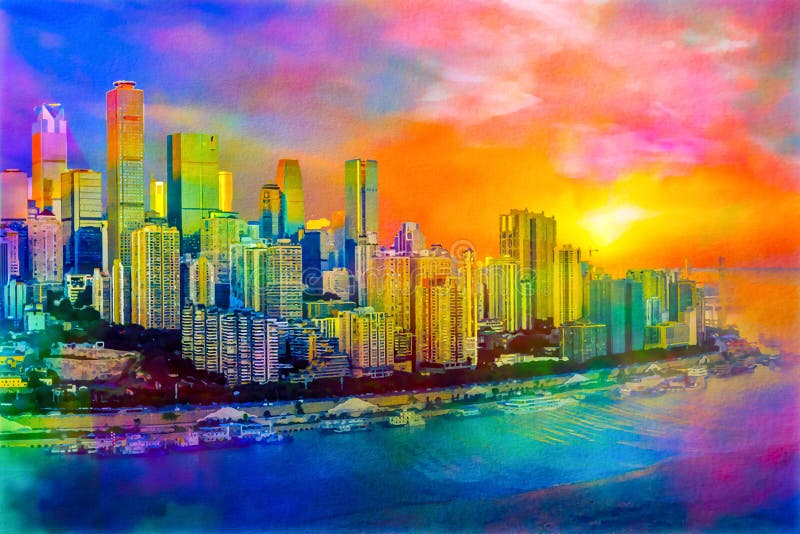

In the beginning of his mayoralty, de Blasio set out with a specific goal: doll out funding for parks renovations more evenly by pouring money into the neighborhoods that had been largely ignored in recent decades, as private parks conservancies - raking in millions in private donations - funded upgrades in wealthy areas. The fact that it wasn’t full of car noise gave us all a sense of what is possible here.” Equity for Park Renovations “The quiet of the street provided some solace for people. Those of us who were here through the crisis lived in a city that was more silent,” she said.

“COVID changed the way New Yorkers think about streets. At the same time, Open Streets has faced pushback in some neighborhoods while volunteers have struggled to maintain them.ĭespite the back and forth, Elizabeth Goldstein, president of the Municipal Art Society - who lives next to the 34th Avenue Open Street in Jackson Heights - thinks those early-pandemic changes to the streetscape will remain in some form. Incoming DOT Commissioner Ydanis Rodriguez has said that he wants to “get right” rules for outdoor dining.Ĭommunity boards have fought it vigorously, and pushed the DOT for more input. The city Department of Transportation has been considering regulations for a permanent program, but the Adams administration could go in a different direction. The current emergency rules that allowed eateries to encroach upon sidewalks and streets are scheduled to remain in effect for at least another year. Now, outdoor dining and the car-free Open Streets that flourished during this crisis (at least when it’s not absolutely freezing) may be here to stay. It started as an emergency workaround when the COVID-19 pandemic began in the spring of 2020. Some of the biggest borough-altering projects, initiatives and happenings under de Blasio: Dining and Living Room on the Street In a place where the only constant is change, it may be hard to remember how the physical city has been recast in these past eight years. Save for the skyscrapers, the mayor can take some credit for the above transformations, for better or worse. In Mayor Bill de Blasio’s two terms, the landscape of this town has shifted in a big way.

Supertall towers have redefined the Manhattan skyline. Much public housing is under private management. Cars have given way to bus-only traffic on several major thoroughfares. Nine neighborhoods have been rezoned for growth.


 0 kommentar(er)
0 kommentar(er)
